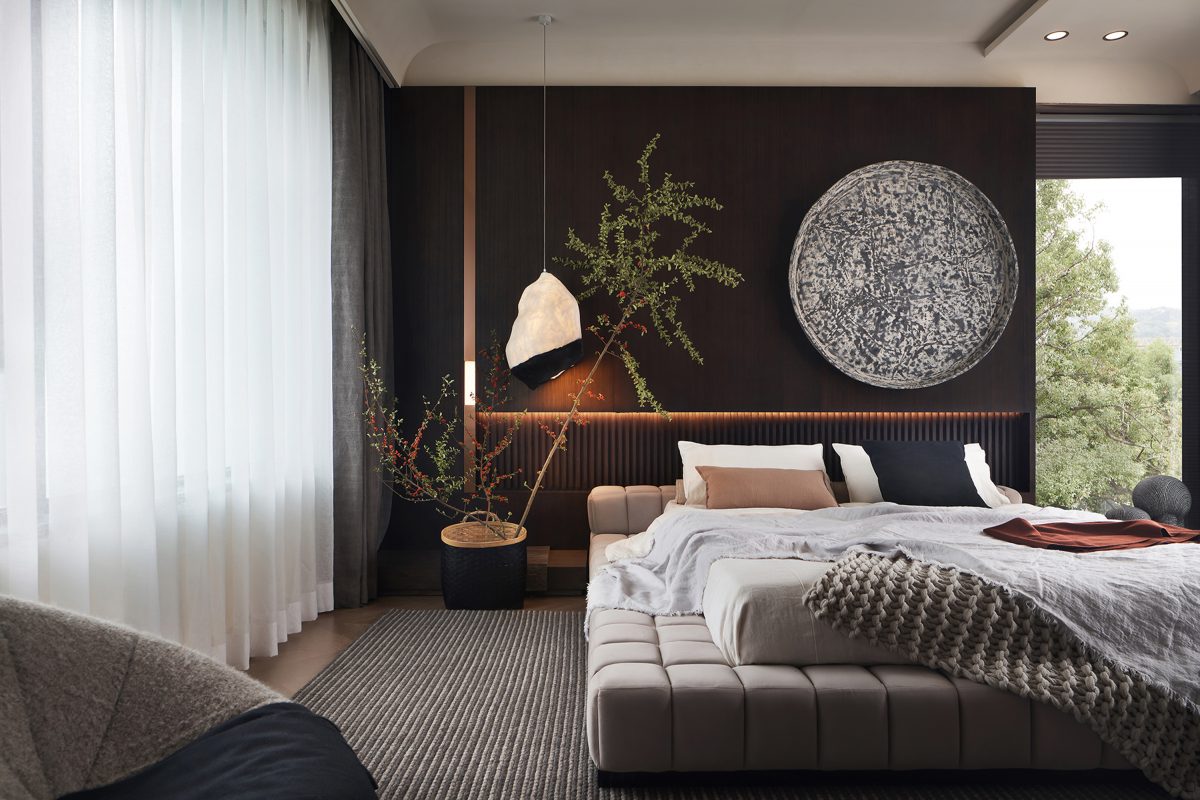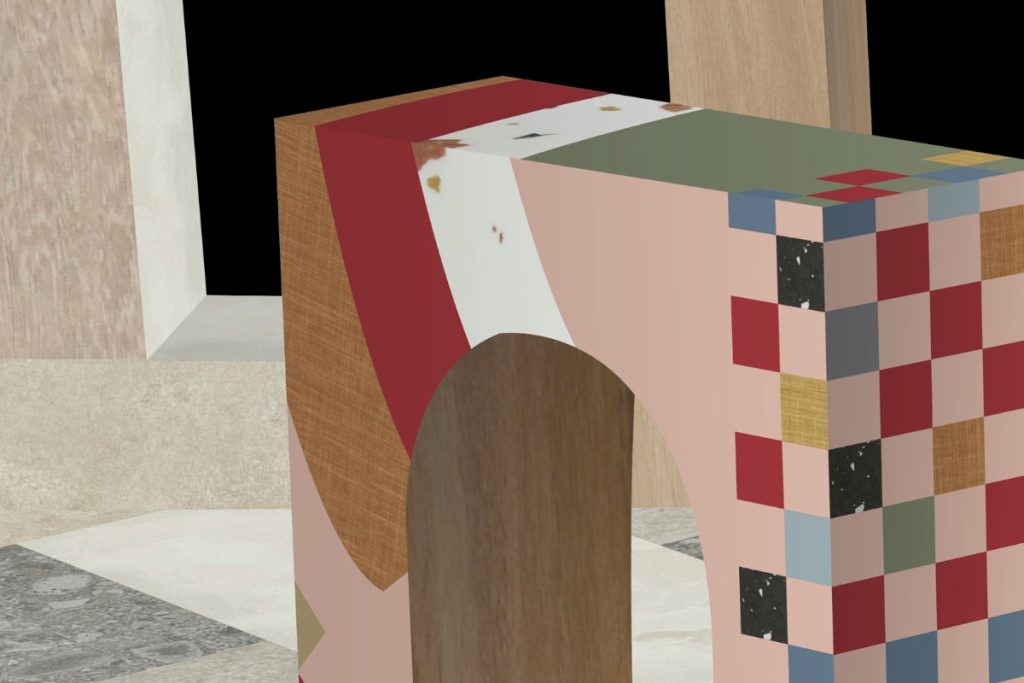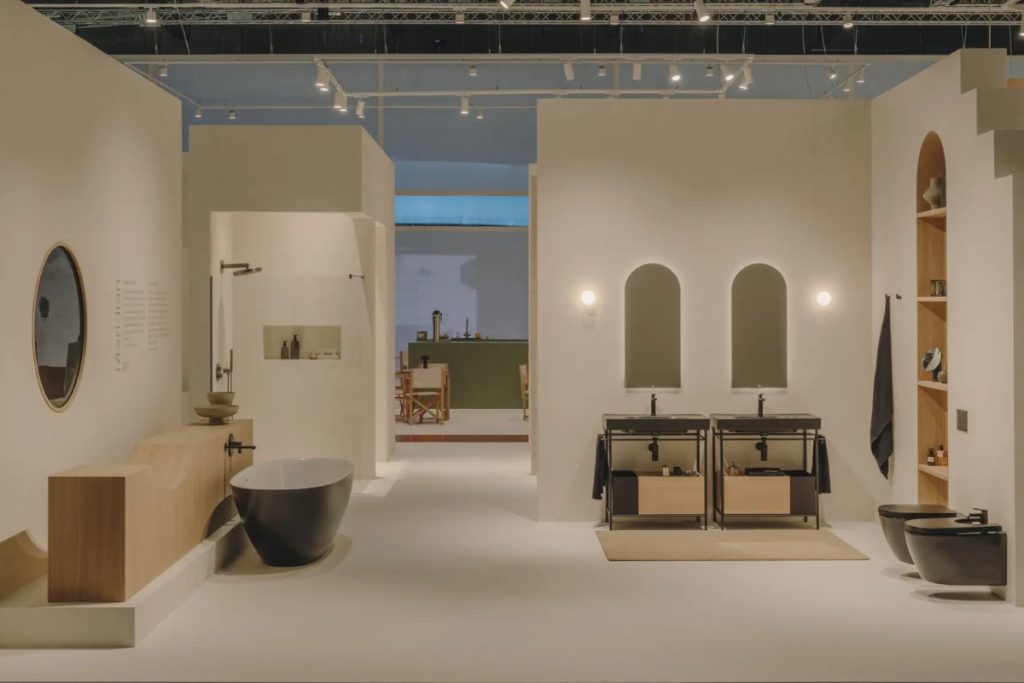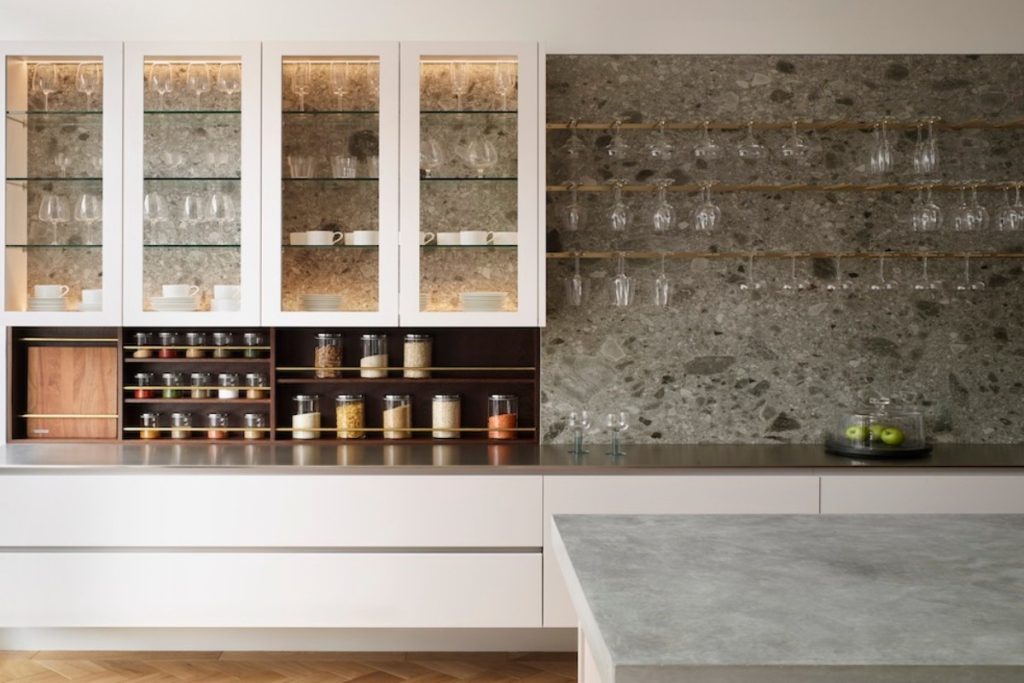 14th December 2021 | IN DESIGN ADVICE | BY SBID
14th December 2021 | IN DESIGN ADVICE | BY SBIDSustainability is becoming a major consideration in all industries, including interior design. Homeowners, interior designers, architects and students alike can make a conscious effort to design with an eco-friendly approach. From lighting to reclaimed wood, how can we make our interiors more environmentally friendly?
What sustainability means for interior design
Research published in the International Journal of Sustainable Built Environment explains that environmentally sustainable interior design concerns the use of aesthetic principles and strategies that provide benefits on a global scale.
Interior designers have a substantial impact on the sustainability of homes and businesses because they are the ones at the helm, deciding which materials and products will be used and how people will interact with their surrounding spaces.
Here are some of the key principles to think about:
Design for waste reduction
Not only do sustainable materials help the planet, they can also be used as an asset for creative and aesthetic design. Reclaimed wood, bamboo, recycled metal, cork and jute fibres are just some of the quality materials that can be incorporated into a stunning interior design.
Rustic and Scandanavian-inspired design styles compliment the use of reclaimed wood to provide the material for furniture, flooring or shelving. Recycled metal leans in to an industrial style that can add dimension and texture to any space, while originating from a sustainable source. The process of reusing or upcycling generates far less waste and helps to use resources we already have, meaning fewer carbon emissions are released in its production.
Design for energy efficiency
The consumption of energy is one of the major contributors to rising CO2 levels. In order to tackle this, interior designers and architects can work to improve a building’s energy efficiency by providing renewable, non-carbon-based energy to the building or reducing the amount of energy needed for heating, lighting and appliances.
For example, this can be done by maximising natrual light sources – not blocking windows and allowing more light in reduces the need for the lights to be on all day. Or fitting windows with insultating curtains and blinds can help to effectively control the temperature of the room by stopping the heat escapting outside and preventing cold drafts from entering.
Design for longevity
Interior designers should consider the lifespan of any materials they plan to use and ensure that everything they choose to include in the design will last as long as possible, while still being cost-effective. This requires designing durable and timeless spaces that will still be functional and classic for years to come.
Over time, we do grow and change and this is why it’s important to create spaces that can adapt with us. Being able to move and replace aspects of a room means it won’t need to be renovated entirely when circumstances change.
The Society of British and International Interior Design represents, defends and promotes interior design for its members across the UK, and in 71 countries worldwide, to create trading standards through measured knowledge and education for the industry. For more information about the SBID and how to gain accreditation, visit our website. You can also take a look at our designer directory to find professional interior design services.
Cover image credits: Bluemoon Design – Fuzhou Yango Original Territory Courtyard Vill



